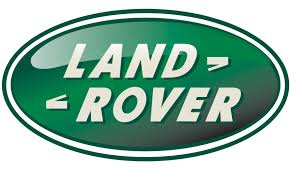L322 Range Rover System Description and Operation

ENGINE MANAGEMENT SYSTEM – V8
18-2-28 DESCRIPTION AND OPERATION
Automatic Gearbox Information
Information sent to and from the EAT ECU is transmitted on the CAN bus.
The ECM requires information on gear position to calculate the likely engine load during acceleration and deceleration
conditions. The ECM also disables the misfire detection function whenever low range is selected. The ECM receives
this information from the transfer box ECU on the CAN Bus.
There are several possible fault codes associated with the CAN bus and the validity of the messages exchanged
between the ECM and the EAT ECU. In most cases, the ECM will store engine speed, engine coolant temperature
and details of the battery voltage at the time a CAN fault is detected.
If the EAT ECU detects a gearbox fault, it requests the ECM to illuminate the MIL in the instrument pack and to store
freeze frame data.
Ignition Switch
The ignition switch signal enables the ECM to detect if the ignition is on or off. The signal is a power feed that is
connected to the ECM while the ignition switch is positions II and III. On the New Range Rover, the power feed comes
from the ignition relay in the engine compartment fuse box.
When it first receives the signal, the ECM 'wakes-up' and initiates a power-up sequence to enable engine starting and
operation. The power-up sequence includes energising the main relay, which supplies the main power feed to the
ECM, energising the fuel pump relay and initiating a self check of the engine management system.
When it detects the ignition has been turned off, the ECM stops activating the fuel injectors and ignition coil, to stop
the engine, and de-energises the fuel pump relay, but keeps the main relay energised while it performs a power down
sequence. During the power down sequence the ECM records the engine sensor values required for a quick-start
function to operate the next time the engine is cranked. At the end of the power down sequence, the ECM de-
energises the main relay to switch itself off.
System Outputs
The ECM receives and processes the input information previously described and modifies the fuelling and the ignition
points for each cylinder accordingly. The ECM will also supply output information to other vehicle systems.
The ECM drives the following components:
l
Fuel injectors
l
Ignition coils
l
Main relay and fuel pump relay
l
Tank Leakage Detection (NAS)
l
Secondary Air Injection Pump
l
Secondary Air Injection valve
l
VCC Valves
l
Electrically heated thermostat
l
Air conditioning compressor (relay drive).
The ECM provides other systems with information regarding the:
l
Engine speed
l
Driver demand
l
ATC request
l
Automatic Transmission
l
Fuel used
l
Auxiliary cooling fan.
